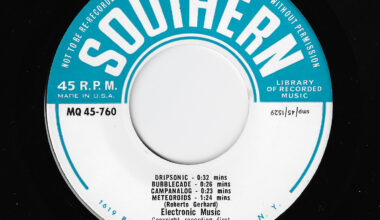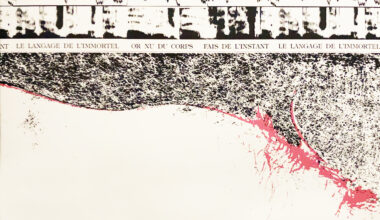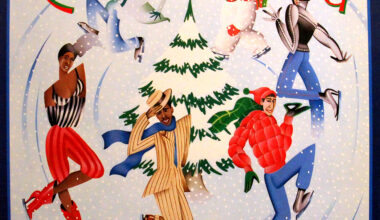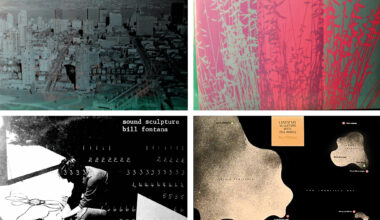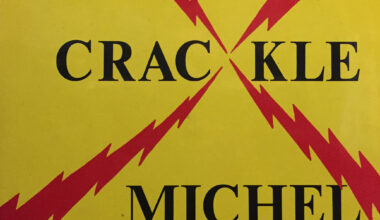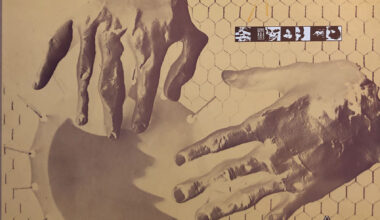Musique concrète pioneer Pierre Henry died in July (2017). Our resident archivist remembers his own encounter with the great man

I met Pierre Henry once, in 2002. I combined buying a rare copy of his album ‘Orphée’ with a visit to his house. There are two editions of ’Orphée’. The first was released in 1960 on the Critère label in a red velvet gatefold package. There were just 500 of those and then it was re-released by Philips a couple of years later.
Mixing musique concrète and spoken word, it was commissioned for a ballet by the famous choreographer and dancer Maurice Béjart and was first performed in Liege in Belgium in 1958 and then again in Paris in 1959.
Pierre Henry and Béjart worked together several times. Pierre Henry wrote an album with Michel Colombier for Béjart in 1967. ‘Les Jerks Électroniques De La Messe Pour Le Temps Présent Et Musiques Concrètes Pour Maurice Béjart’ features the famous piece ‘Psyché Rock’, which was used as the basis for the theme tune of Matt Groening’s ‘Futurama’.
I bought my copy of ‘Orphée’ on eBay from a guy in Paris. I organised to meet him in a cafe to pick up the record. I was flying over from California to Paris just to see Pierre Henry perform as part of an event organised by the Pompidou Centre.
I met the eBay seller as arranged and bought the record off him, then I took it to the performance. I think he was quite envious that I was going to see Pierre Henry later that day.
The performance was in Pierre Henry’s house, which was also where his studio was based. He and Pierre Schaeffer had been located at the RTF studio in Paris, but in 1958 Henry branched out on his own. He moved his studio a couple of times, in 1966, and again in 1982, and he’d been there ever since.
His place was a typical Parisian house. You got to it through a cobbled courtyard, and it was narrow and tall. You went up several flights of a spiral staircase, and as I went up I could see that there were tapes everywhere.
He also did a lot of art, there was no space on any of the walls, every square inch was covered with either tapes or paintings. He had two women with him all the time. They seemed to be his personal assistants, they looked after everything and were always by his side.
I went into a room where there were some chairs laid out, and he was in the next room behind a big desk and all his equipment. There were tape machines and all manner of stuff in there. I was actually a little bit late, so I was in a doorway where I could see him, but other people were sitting in the chairs just listening.
I’m sure they were all glaring at me because I was breaking some rule or other, but the performance was great, it was well worth flying all the way over for.
I spoke to him briefly afterwards, and he signed my copy of ‘Orphée’. He seemed like a pretty studious and serious person. I didn’t want to stick around too long as it was getting late and he’d just done a performance with 80 people in his house.
I wish I’d been able to get a photograph with him, but I’m glad that I was able to meet him and shake his hand. He was one of the most important innovators in sound art of the 20th century. He spent his life creating pieces for exhibitions and performances and was working all his life. He was an inspiration.
